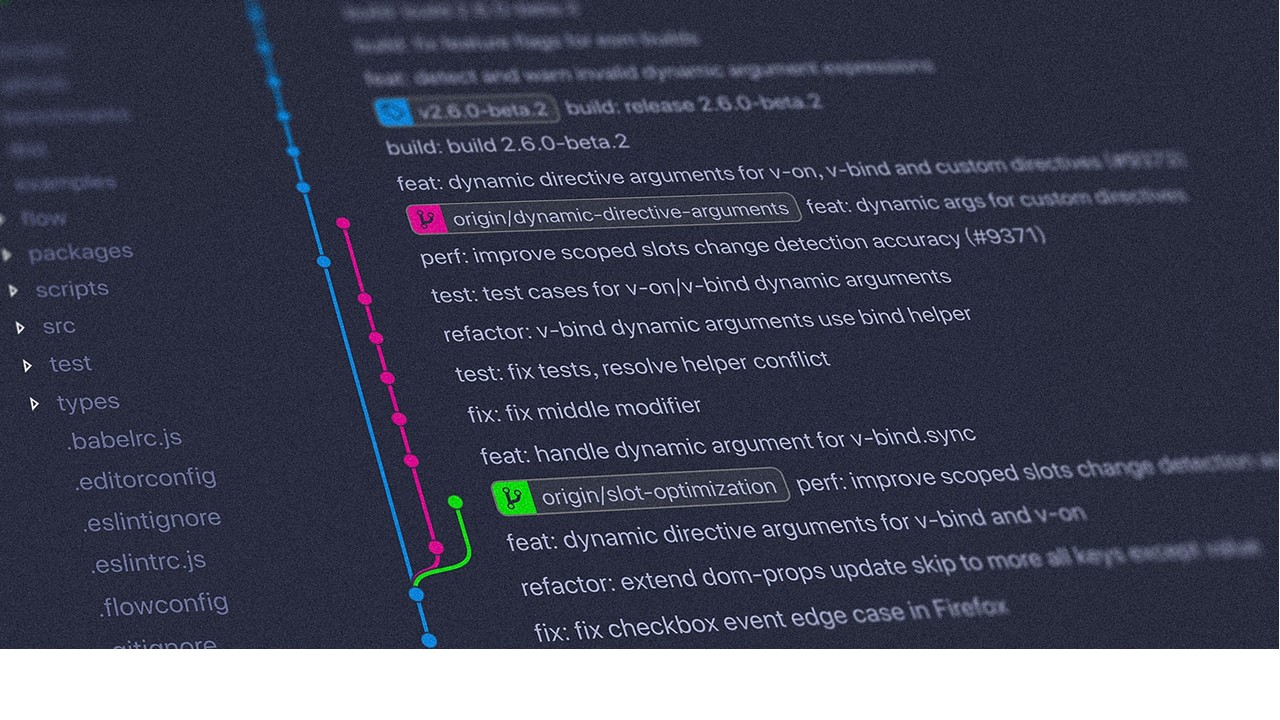3 June 2020
10 June 2020
5 Trends Marketing Analytics Companies Should Be Preparing For
In part 3 of our marketing mix modelling series, in partnership with Analytic Edge, we unpack recent changes to the marketing landscape that disrupt the speeds and
Yes, I agree ‘Top Trends’ blogs are usually published at the start of the year. I just wasn’t writing very actively then, but during my many conversations in the past few months with marketers, media agencies, analytics industry colleagues and others, some interesting themes kept surfacing which I thought were valuable and worth sharing.
I won’t start with the usual clichéd introduction about how the marketing landscape is transforming rapidly with the advent of digital and the profusion of channels and data etc. You’ve read about that a hundred times before. Instead, let me jump right in and talk about 5 trends I believe all of us in the marketing analytics industry should be preparing for.
1. Clients will demand a Unified Marketing Mix approach to measure marketing effectiveness across offline and digital channels.
Marketing campaigns today straddle both offline and digital channels. A typical campaign may include print, TV, trade promotions, digital advertising on multiple websites and mobile apps, and search marketing. Marketers want to understand how each of these channels, at an aggregate level, contributes to sales and other KPIs. In addition they also want user-level insights into how their various digital marketing touch-points influenced consumers’ path-to-purchase.

Analytics companies will need to combine multiple methodologies to offer clients this holistic view of marketing effectiveness. They will need to combine the aggregate level data derived from traditional methods such as marketing mix modeling with individual user-level data derived from newer approaches such as multi-touch attribution. This will enable them to deliver comprehensive insights to clients about which components of their marketing spend are contributing to sales and how they should optimize their budget allocations for maximum ROI and growth.
2. AI and ML will play an increased role in delivering more accurate and actionable insights - faster and more cost efficiently.
While many still consider Artificial Intelligence (AI) and Machine Learning (ML) just “buzz phrases” that need to be included in product descriptions and client pitches, there is no denying that these technologies will significantly transform how marketing analytics is delivered to clients. AI and ML tools and capabilities will increasingly be leveraged in various stages of the analytics process – from quality control of data to identify incorrect data and catch outliers during the data capture process; to helping build more robust marketing analytics models faster; to automating reporting and insight generation using Natural Language Processing (NLP) and Natural Language Generation (NLG).

All of this will eventually translate into quicker turnaround times, lower costs and sharper insights for clients.
3. Companies will look more and more to social listening analytics to inform their entire marketing mix.
Social listening is the monitoring of social media channels to hear what people are saying about specific brands or industries. Many marketers already monitor social media for brand mentions, feedback and crisis signals so they can engage with their customers in more meaningful ways. Now, companies want to go further and spot new trends and opportunities buried in the noise of social media. Not every buzz of conversation or burst of viral posts on a topic signals an emerging trend – some fade away in a matter of days or weeks. But AI-powered social listening analytics makes it possible to identify real trends at the beginning of their curves and act on these opportunities ahead of the competition. For example, companies might launch new product flavours and colours, tailor their advertising campaigns to specific themes, or change their product packaging to proactively capitalize on or address specific emerging trends identified by social listening.
Social listening is also replacing traditional surveys on which companies typically spend a significant percentage of their market research budgets. Monitoring social media channels and mining and analysing the data can provide much more granular and real-time market insights vis-à-vis the traditional methods.
4. Marketing insights will need to be real-time and actionable
Many marketing analytics solutions still suffer from a severe limitation – by the time ‘actionable’ insights are generated, the data on which they are based is already 8 to 12 months old. It is not just likely but very probable that in this time, many of the marketplace and external factors have changed significantly enough as to make the underlying attribution models no longer applicable – and the insights no longer useful for clients to make future marketing investment decisions.
This is especially true for traditional offline channels such as print, TV and OOH vis-à-vis digital where turnaround time for analysis and insight is relatively quicker and closer to real-time. Analytics companies must leverage AI, ML and other automation technologies in every stage of their solutions to accelerate data capture, modeling, analysis, reporting and insight generation in order to offer clients genuinely actionable real-time insights and real value.
5. Clients want insights presented succinctly and oriented to action
Clients are increasingly despairing of the way analytics companies present their findings and recommendations to them. A three hour presentation of 70 slides brimming with text, charts and graphs is almost no longer acceptable. Analytics firms should instead look to short videos, engaging infographics, “top 10” lists and other easily consumable formats to present results and insights in an interesting and meaningful way that is squarely oriented to action.

To be sure, this is a “communications” trend and not unique to the analytics industry but analytics companies would do well to think about the ways they can address this last mile challenge.
These are some of the themes and trends that I believe will shape our industry over the next 12-18 months. Do these resonate with you? Do you have a different take or a point of view on some of these? Like, comment, argue and let me know what you think.
Like this article?
If you'd like to hear more, subscribe to Frame or live chat to the team right here on this page.





 Tags:
Tags: